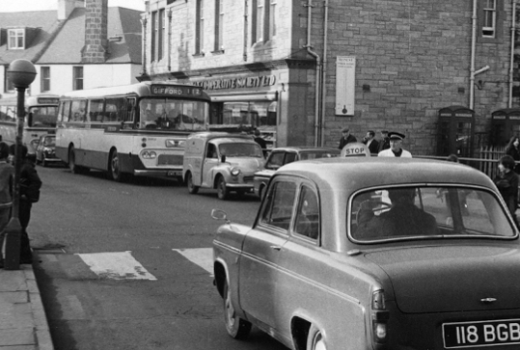Parish Representatives: David Moody & David Sydeserff
Parish Editor: David Moody
Introduction
Tranent parish comprised most of the western boundary of East Lothian until the inclusion of Inveresk into the county after the re-organisation of local government, 1974-5. The civil parish extends to some 2475ha (6116 acres) in total, and includes Cockenzie and Port Seton. The latter has developed into a large and distinctive community, therefore the religious parish that defines Cockenzie and Port Seton has been dealt with separately in this project. Tranent stretches as far north as the main Edinburgh – London rail line, east to St Germains and Macmerry (in Gladsmuir parish), south to Pencaitland, Ormiston, and Cousland (Midlothian), and west to Inveresk. It includes the town of Tranent, the village of Elphinstone, the hamlets of Meadowmill and Buxley, Fa’side and a scattering of farms and steadings.
The lie of the land is basically level ground beside a hill slope, prominent at Carberry and Fa’side on the west, whence it gradually declines towards the east through Tranent burgh, to become flat lands east of the town by Kingslaw, Adniston and St Germains. In Tranent burgh, this brae is not particularly steep, rising from 50 metres above sea level at the kirk to 106 metres by Blawearie on the south east side of town, a distance of just a kilometre. However it still affords magnificent views across the Forth to Fife, a panorama in which the eye is drawn, in 2000, to the architectural landmark of Cockenzie Power Station. It is a topography which has been to Tranent’s advantage in the past; for example the gradient offered the opportunity for the early waggonway from the Tranent coalfield to Cockenzie. It is a topography which might also be to its advantage in the future, for resistance to plans for extensive opencast coal mining in the parish is partly based upon the quality and visibility of this landscape.
